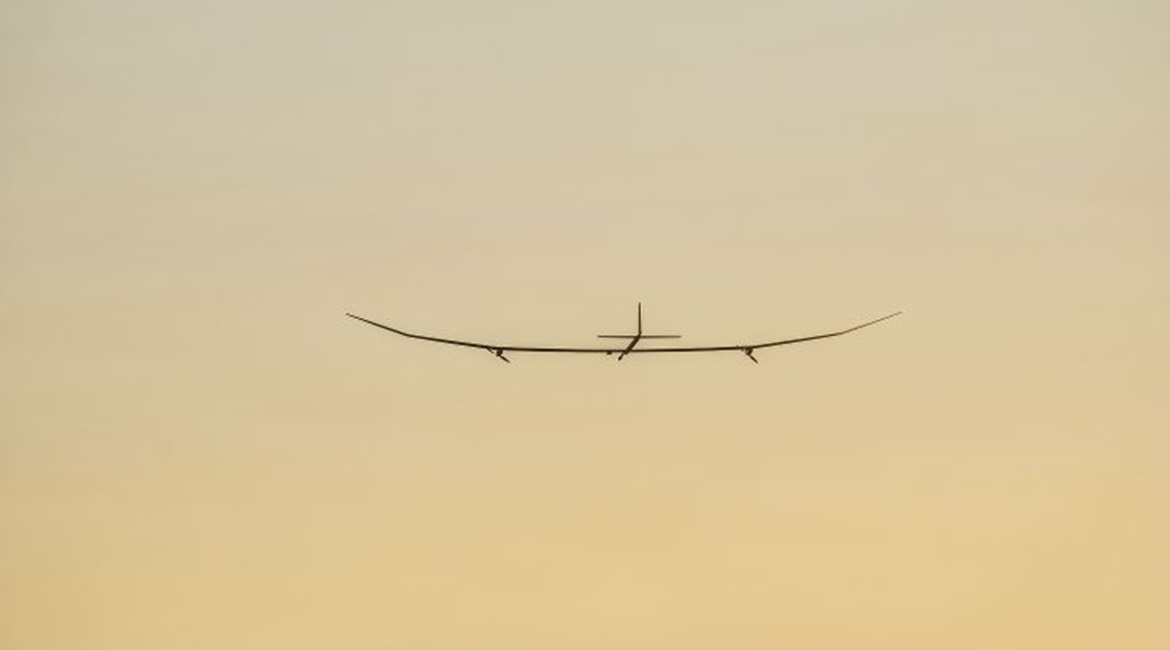
BAE Systems has flown the PHASA-35 solar-powered high-altitude long-endurance (HALE) unmanned aerial vehicle (UAV) that can remain aloft for up to a year, the company announced on 17 February.

It was announced on 17 February that the BAE Systems PHASA-35 UAV had made its maiden flight. (BAE Systems)
The company said that the successful flight trials took place at the Royal Australian Air Force (RAAF) Woomera Test Range in South Australia, although it did not note the duration of this milestone.
The achievement came about 20 months after BAE Systems revealed the Persistent High-Altitude Solar Aircraft (PHASA) concept it was developing in partnership with UK company, Prismatic, which it later acquired. As well as the PHASA-35, Prismatic has also been involved in the development of the Airbus Zephyr HALE UAV.
The 150 kg PHASA-35, which has a 35 m wingspan, will “provide a persistent, stable platform for monitoring, surveillance, communications, and security applications. When connected to other technologies and assets, it will provide both military and commercial customers with capabilities that are not currently available from existing air and space platforms. [It] also has the potential to be used in the delivery of communications networks including 5G, as well as provide other services, such as disaster relief and border protection, at a fraction of the cost of satellites”, BAE Systems said.
Further flight trials are scheduled for later this year, with the possibility that the aircraft could enter initial operations with customers within 12 months of the flight trials programme completion.
Looking to read the full article?
Gain unlimited access to Janes news and more...




